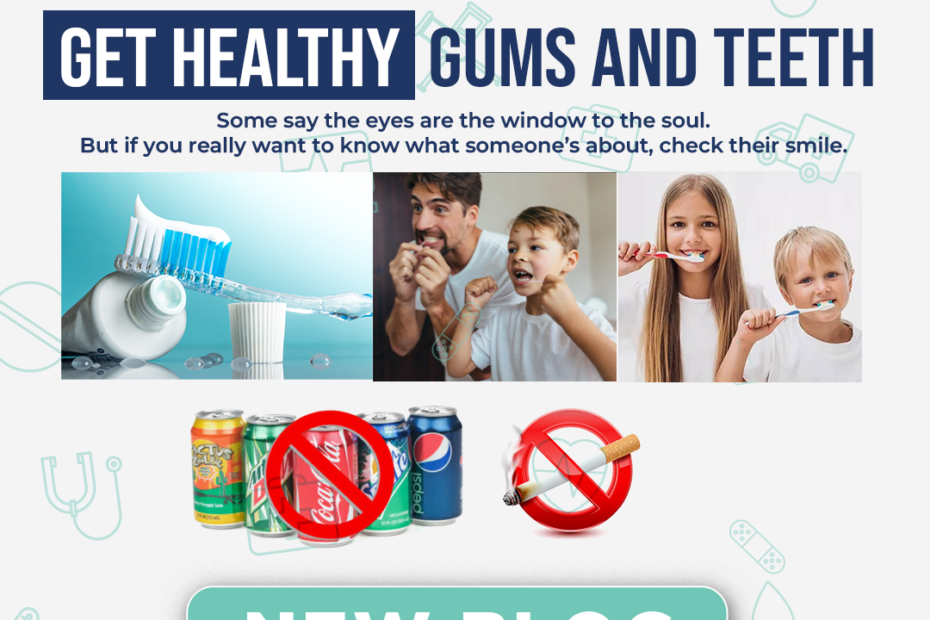Some say the eyes are the window to the soul. But if you really want to know what someone’s about, check their smile. A welcoming show of pearly whites makes a great first impression, while a tight-lipped smile or whiff of bad breath does the opposite.
Read on for tips on how to make sure you’re giving your teeth the care they deserve.
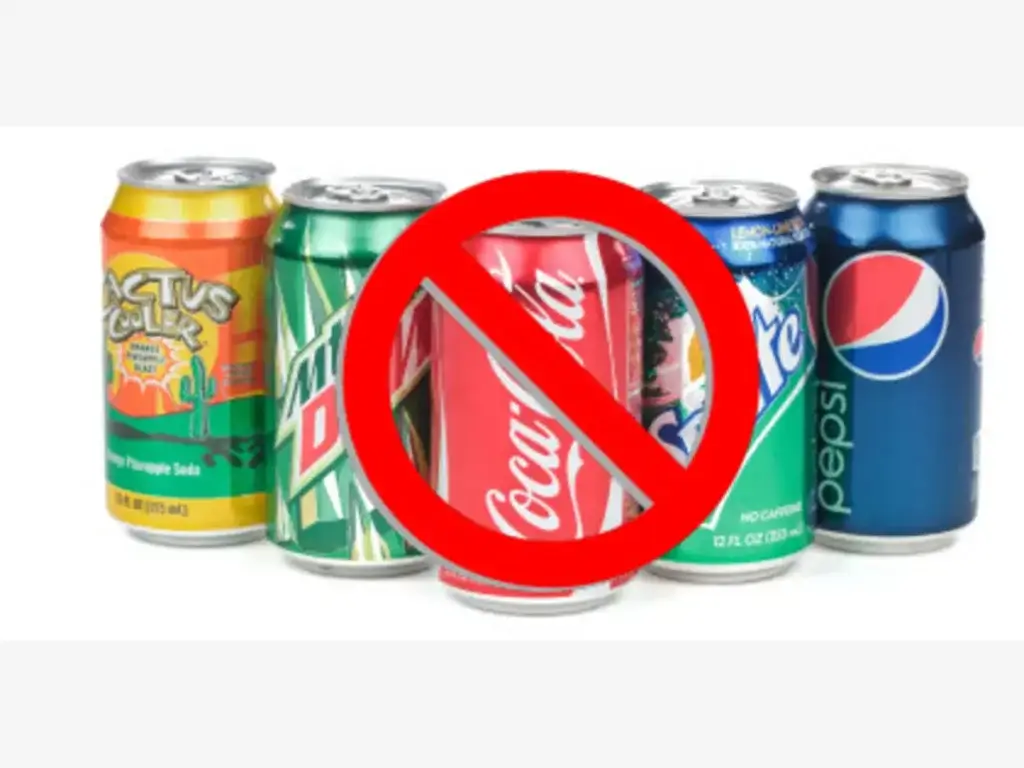
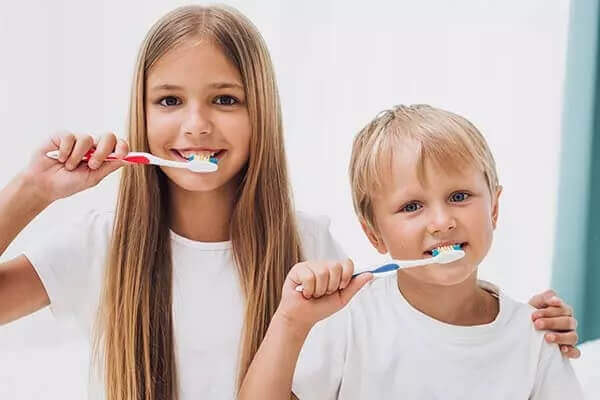
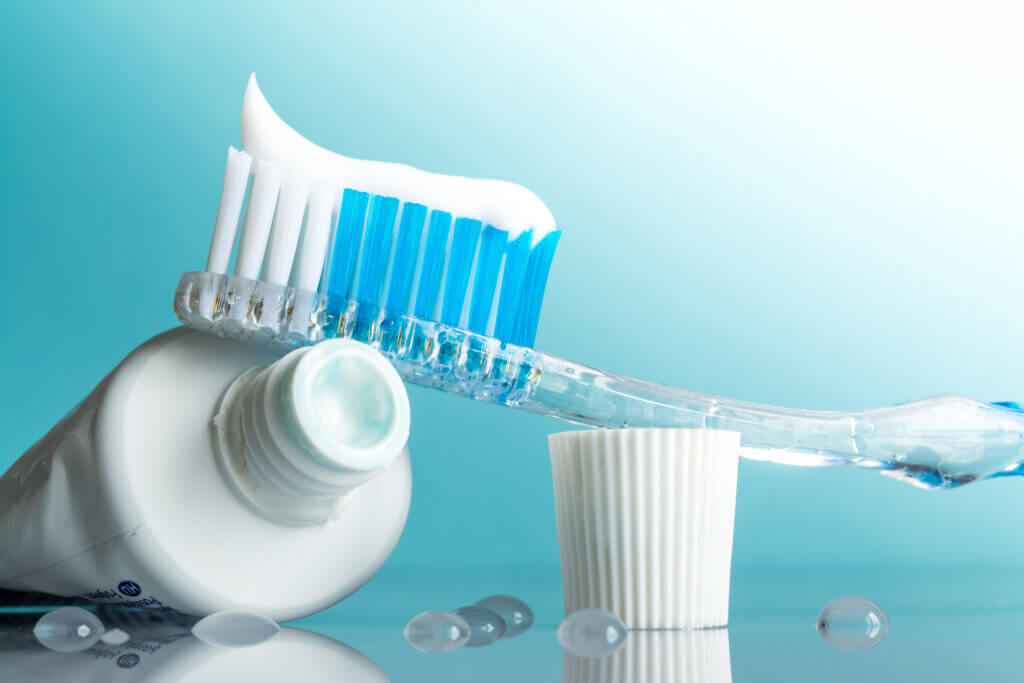
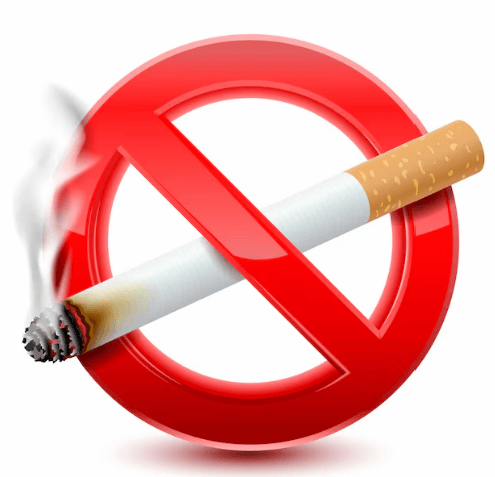
- Brush two times a day for two minutes: Brush your teeth for two minutes, twice a day, says the American Dental Association (ADA). This will keep your teeth in top form. Brushing your teeth and tongue with a soft-bristled toothbrush and fluoride toothpaste cleans food and bacteria from your mouth. Brushing also washes out particles that eat away at your teeth and cause cavities.
- Visit the dentist for routine check-ups and professional cleaning every 6 months: If you are at a high risk for tooth decay (for example, if you have a dry mouth because of medicines you take), your dentist or dental hygienist may give you a fluoride treatment, such as a varnish or foam during the office visit. Or, the dentist may recommend a fluoride gel or mouth rinse for home use. If you are at higher risk for gum disease because of a medical condition (for example, diabetes), your dentist may want to see you more frequently.
- A morning brush fights morning breath: The mouth is 98.6ºF (37ºC). Warm and wet, it’s filled with food particles and bacteria. These lead to deposits called plaque. When it builds up, it calcifies, or hardens, on your teeth to form tartar, also called calculus. Not only does tartar irritate your gums, it can lead to gum disease as well as cause bad breath.Be sure to brush in the morning to help get rid of the plaque that’s built up overnight.
- Drink fluoridated water: Drinking water with the right amount of fluoride protects your teeth throughout the day. Learn the fluoride content of your community’s water here or check with your water utility company.
- Don’t overbrush: If you brush more than twice a day, for longer than four minutes total, you could wear down the enamel layer that protects your teeth. When tooth enamel isn’t there, it exposes a layer of dentin. Dentin has tiny holes that lead to nerve endings. When these are triggered, you might feel all sorts of pain. According to the Centers for Disease Control and Prevention, almost 20 percent Trusted Source of American adults have experienced pain and sensitivity in their teeth.
- Don’t turbocharge: It’s also possible to brush too hard. Brush your teeth like you’re polishing an eggshell. If your toothbrush looks like someone sat on it, you’re applying too much pressure. Enamel is strong enough to protect teeth from everything that goes on inside your mouth, from eating and drinking to beginning the digestive process. Children and teens have softer enamel than adults, leaving their teeth more prone to cavities and erosion from food and drink.
- Don’t smoke. : Smoking increases your chance of gum disease. If you smoke and want to quit, there are many resources to help you: FDA’s Center for Tobacco Products, CDC’s Quit Smoking website, and the BeTobaccoFree.gov website.
- Make sure you floss every day : Want to avoid minimal scraping at your next checkup? Flossing loosens the particles that brushing misses. It also removes plaque, and in so doing prevents the buildup of tartar. While it’s easy to brush plaque away, you need a dentist to remove tartar. Clean between teeth regularly, aiming for once a day. Use dental floss or a special brush or wooden or plastic pick recommended by a dental professional. Or try a floss holder, floss threader, or water flosser.
- Stay away from soda: “Sip All Day, Get Decay” is a campaign from the Minnesota Dental Association to warn people of the dangers of soft drinks. It’s not just sugar soda, but diet soda, too, that harms teeth. The acid in soda attacks teeth. Once acid eats away at enamel, it goes on to create cavities, leaves stains on the tooth surface, and erodes the inside structure of the tooth. To avoid drinking-related tooth decay, limit soft drinks and take good care of your teeth. Eat a well-balanced diet. Limit sweets and sugary drinks, such as soda.
- Tips for kids
- Teaching good dental hygiene can help ensure a child’s teeth and gums remain healthy as they grow up.
- A child’s primary teeth, which people sometimes call baby teeth, are just as important as their permanent teeth. Baby teeth help a child chew and speak. They are placeholders for the future permanent teeth.
- If a child loses a baby tooth to decay, this can disrupt the space in the mouth and make it difficult for the adult tooth to develop correctly.
With this in mind, it is best to introduce good dental care for children during infancy. The following practices will help keep a child’s teeth and gums healthy:
- Wipe a baby’s gums with a warm, wet washcloth every day, even before they have any teeth. Doing this removes sugars from the gums and can help a baby become familiar with the feeling of cleaning their teeth.
- Babies and toddlers should not go to bed with bottles or sippy cups. Milk and juice contain sugars that can cause tooth decay if they remain on the teeth for extended periods.
- As a baby approaches 1 year of age, start getting them used to a sippy cup. Aim to stop using bottles by their first birthday.
- Allow toddlers to sip water from sippy cups between meals, but save juice or milk for meal times only.
- Once a baby has teeth, brush them twice a day with a soft baby toothbrush. Use a tiny amount of fluoride toothpaste, no bigger than a grain of rice. Children who are 3 to 6 years of age may use a pea-sized amount of toothpaste.
- Parents or caregivers should brush the child’s teeth for them until they can clean all of their teeth thoroughly without help. Monitor them to make sure that they spit out the toothpaste.
- Keep the toothpaste out of children’s reach when it is not in use.
- The ADA recommend that children see a dentist within 6 months of their first tooth appearing or at 1 year of age, whichever comes first.
- Parents and caregivers should not share eating utensils with a child or clean pacifiers by putting them in their mouth. Both of these actions can pass the adult’s cavity-causing bacteria to the child.

